You will need:
NOTHING. Do not try this at home or school unless you have formal training. You are also unlikely to have liquid nitrogen at home, or in your school.
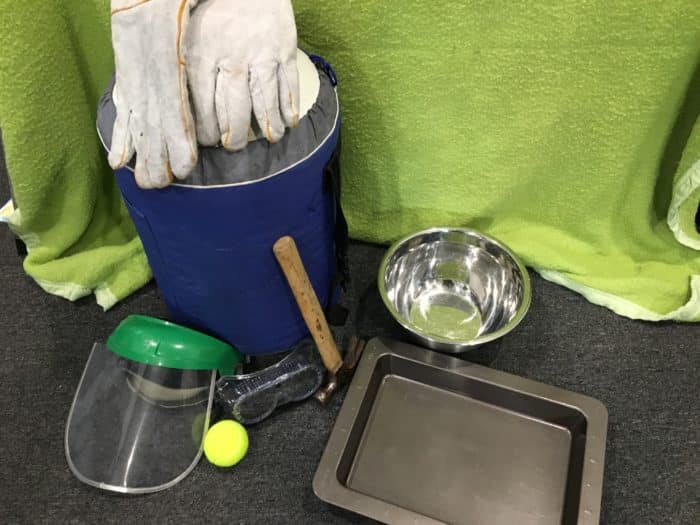
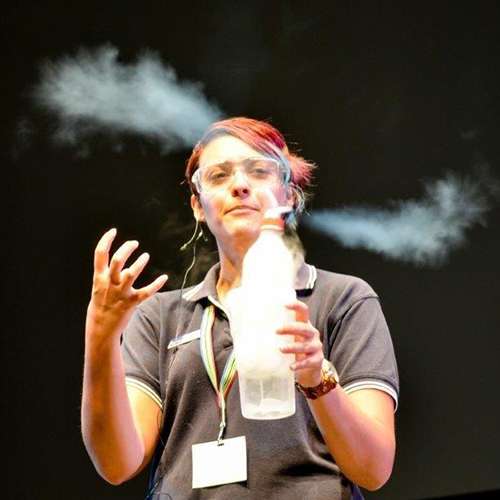
School science visits since 2004!
– Curriculum-linked & award-winning incursions.
– Over 40 primary & high school programs to choose from.
– Designed by experienced educators.
– Over 2 million students reached.
– Face to face incursions & online programs available.
– Early learning centre visits too!
Why Does This Happen?
The liquid nitrogen has a temperature of -196 degrees Celsius and has the capacity to freeze substances that are normally pliable at room temperature. The extremely cold rubber can be very brittle at these low temperatures due to this elastomer entering a glass transition phase and therefore easy to shatter. Once the rubber has warmed up the rubber is again easy to bend and squish.
Variables to test
- Does it make a difference if the rubber toy is hollow or not?
- Try toys with different cross-sections
- Compare this experiment with cooling down toys with dry ice – does this have the same effect?
From liquid nitrogen shows to hot & cold workshops, we’ve got your unit on properties of materials covered!
Get in touch with FizzicsEd to find out how we can work with your class.
Liquid Nitrogen Show
Years K to 6
Maximum 60 students
Science show
45 minutes
Online Class Available
STEM Full Day Accelerator - Primary
Designed from real classroom experiences, this modular day helps you create consistently effective science learning that directly address the new curriculum with easily accessible and cost-effective materials.
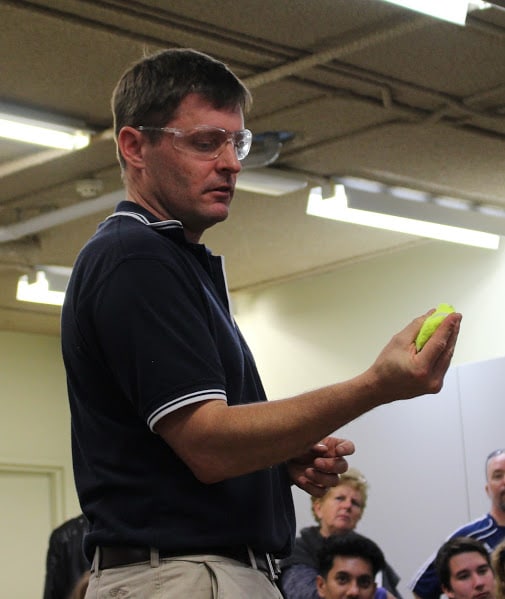
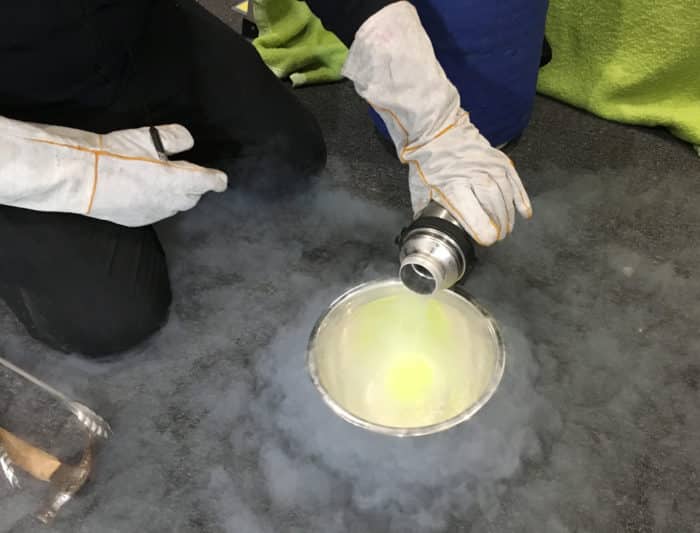
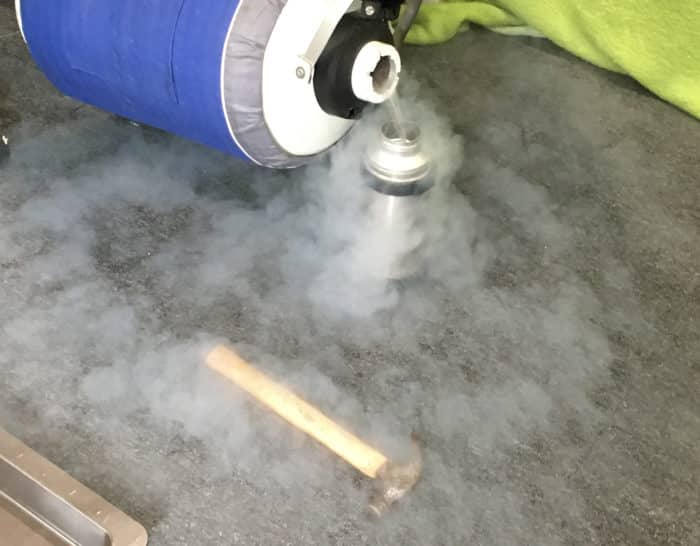
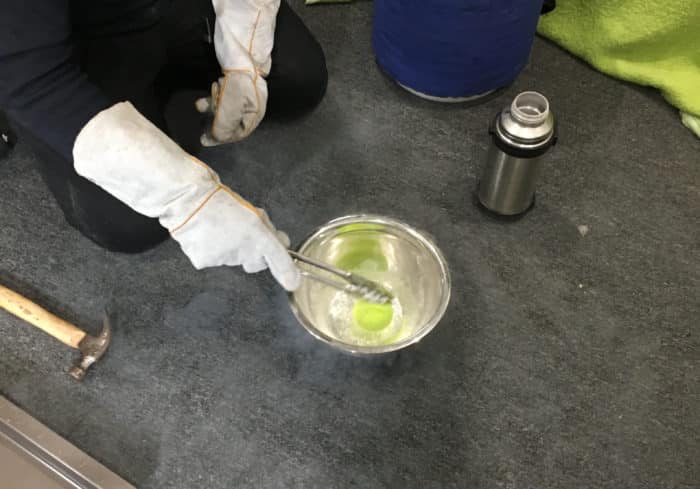
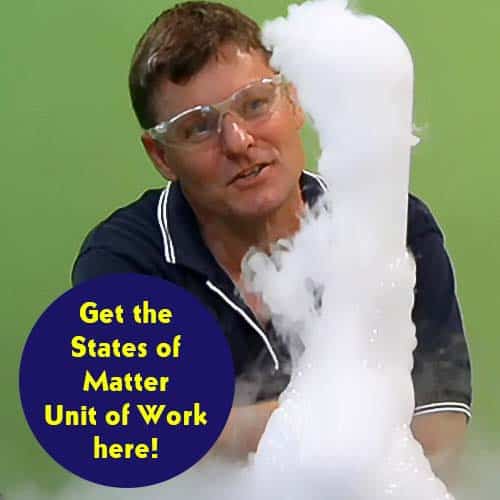


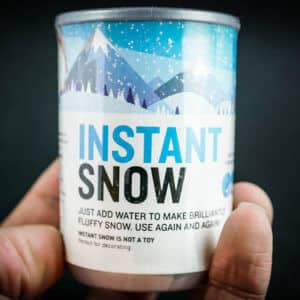
























Comments